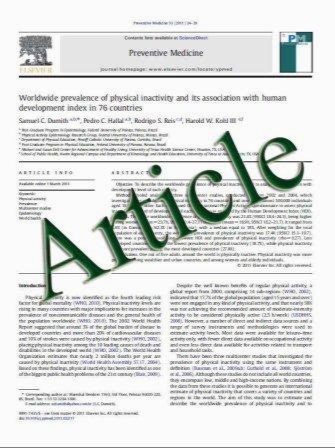Acupuncture in primary headache treatment
- نوع فایل : کتاب
- زبان : انگلیسی
- مؤلف : Paola Schiapparelli • Gianni Allais • Sara Rolando • Gisella Airola • Paola Borgogno • Maria Grazia Terzi • Chiara Benedetto
- چاپ و سال / کشور: 2011
Description
Acupuncture has a long tradition of use for the treatment of many pain conditions, including headache. Its effectiveness has been studied mainly for primary headaches, particularly for migraine and tension-type headache (TTH). Traditional Chinese Medicine (TCM) has two diagnostic frameworks for headaches: meridian diagnoses, based on the location of the pain and on the meridians (or channels) that pass through it; syndrome diagnoses, dependent on external or internal factors and on the characteristics of the pain. The four meridians involved in headache are Shaoyang (TE-GB channels, on the temporal sides of the head); Taiyang (SI-BL channels, occiput); Yangming (LI-ST channels, forehead) and Jueyin (PC-LR channels, vertex). The syndromes may be due to excess or deficit. Very generally, the excess syndromes correspond in the majority of cases to migraine and the deficit syndromes to TTH. Acupuncture is a complex intervention, which is also characterized by a close interaction between patient and therapist. The complicated system of TCM classification of headaches has frequently generated great diversity among the various therapeutic approaches used in the different studies on acupuncture in headache treatment. Despite these differences, the recent Cochrane systematic reviews on acupuncture in migraine and in TTH suggest that acupuncture is an effective and valuable option for patients suffering from migraine or frequent TTH. Moreover, acupuncture seems to be a cost-effective treatment.
Neurol Sci (2011) 32 (Suppl 1):S15–S18 DOI 10.1007/s10072-011-0548-x


